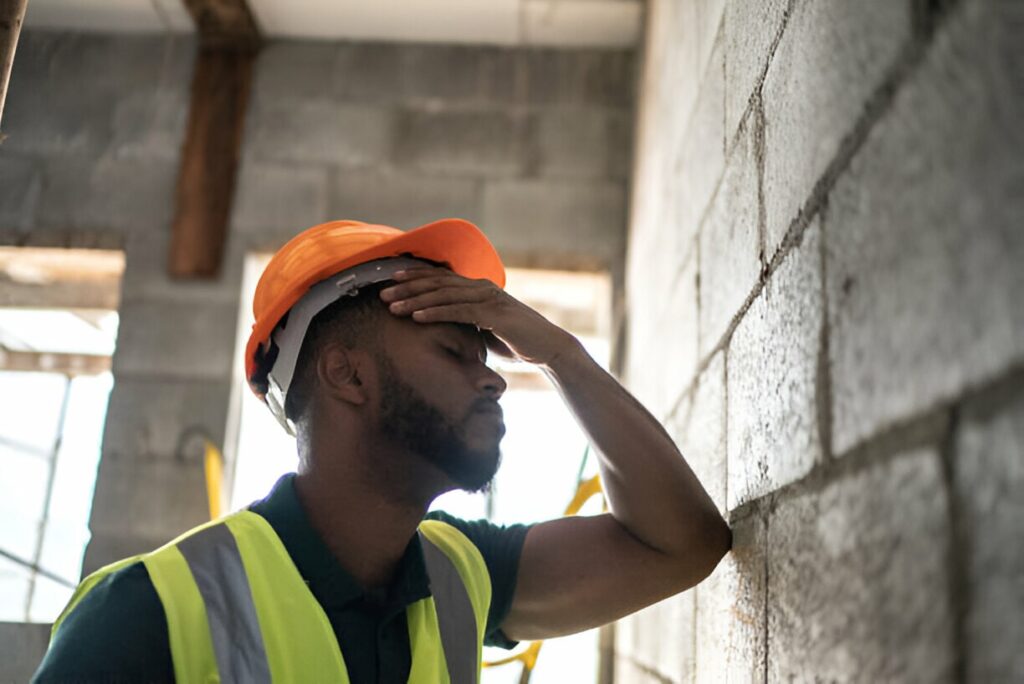
Schools across the UK face mounting pressure to maintain ageing infrastructure whilst managing tight budgets. Proactive maintenance strategies can prevent minor issues from escalating into costly major repairs, ensuring safe learning environments for pupils and staff.
Understanding Building Deterioration
School buildings endure intensive daily use, often accommodating hundreds of pupils and staff members. Common problem areas include roofing systems, heating and ventilation equipment, electrical installations, and structural elements. Weather exposure, particularly during harsh British winters, accelerates wear and tear on exterior surfaces and internal systems.
Regular building condition surveys help identify potential issues before they become critical failures. These assessments should examine everything from window seals and guttering to boiler efficiency and classroom ventilation rates.
Developing Preventive Maintenance Programmes
Successful maintenance programmes require systematic planning and documentation. Schools should establish maintenance schedules covering daily, weekly, monthly, and annual tasks. Daily checks might include monitoring heating systems and inspecting high-traffic areas for damage, whilst annual reviews could involve comprehensive roof inspections and electrical testing.
Site teams should maintain detailed records of all maintenance activities, including photographs and repair costs. This documentation proves invaluable when planning future budgets and identifying recurring problems requiring permanent solutions.
Prioritising Safety-Critical Systems
Certain building systems demand immediate attention when problems arise. Fire safety equipment, including alarms, emergency lighting, and escape routes, requires regular testing and prompt repairs. Similarly, heating systems failure during winter months can force school closures, disrupting education and creating safeguarding concerns.
Water systems need particular vigilance, as Legionella bacteria can develop in poorly maintained pipework and storage tanks. Regular temperature monitoring and system flushing help prevent serious health risks while ensuring compliance with health and safety regulations.
Securing Financial Support for Major Projects
When preventive maintenance reveals significant structural issues or ageing systems requiring replacement, schools can explore essential condition improvement funding opportunities and appeals for urgent capital support. The condition improvement fund provides crucial financial assistance for maintained schools facing major building challenges.
Schools experiencing unexpected structural failures or urgent safety concerns may qualify for condition improvement fund appeals, which offer expedited funding decisions. The urgent capital support fund specifically addresses emergencies where building failures threaten immediate school operations or pupil safety.
Successful condition improvement funding applications require detailed technical assessments, accurate cost estimates, and clear evidence of urgent need. Schools should engage qualified surveyors and contractors to provide professional documentation supporting their funding requests.
Staff Training and Contractor Management
Effective maintenance depends on properly trained staff who understand building systems and can identify emerging problems. Regular training sessions should cover basic troubleshooting, safety procedures, and when to call specialist contractors.
When engaging external contractors, schools must verify insurance coverage, relevant qualifications, and DBS clearances. Establishing relationships with reliable local contractors ensures prompt responses to urgent repairs while maintaining competitive pricing through long-term partnerships.
Strategic maintenance planning protects educational environments whilst maximising limited budgets. Schools that invest in preventive maintenance programmes, staff training, and appropriate funding applications create safer, more efficient buildings that support excellent educational outcomes. Regular monitoring, combined with prompt action when issues arise, ensures school buildings remain fit for purpose throughout their operational lifespan.










